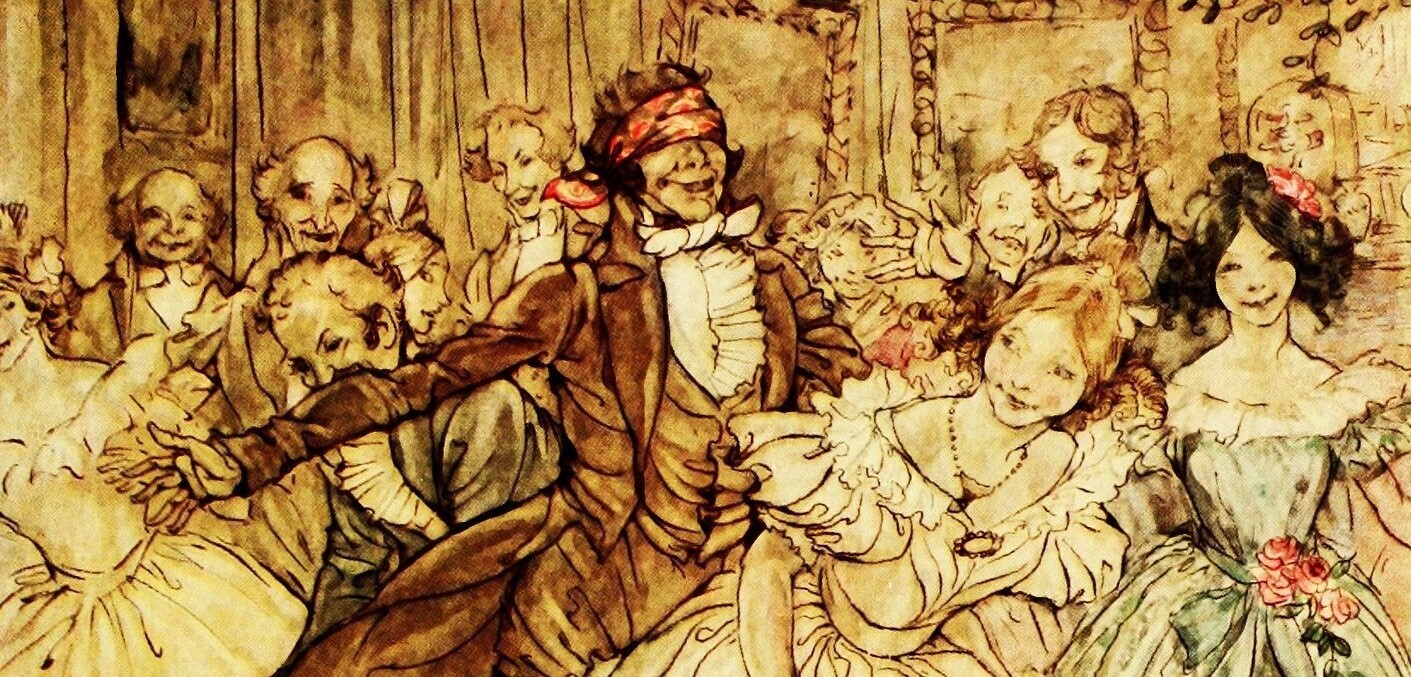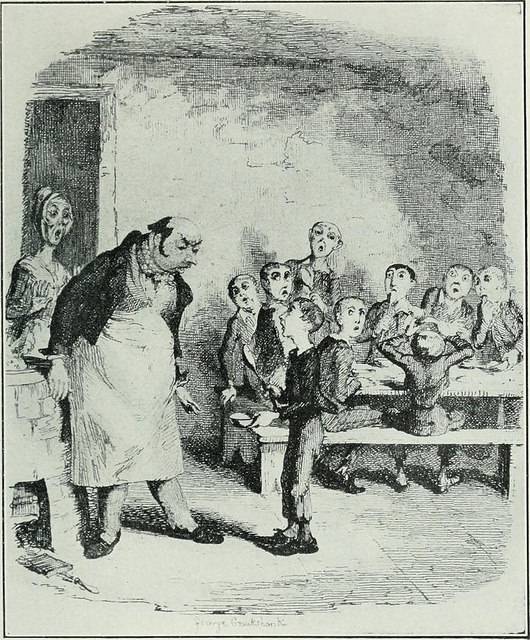

The author had been investing more of his time in social causes: in 1842 he went on a tour of America which furthered the criticism of slavery that he had previously expressed in The Pickwick Papers. That might have been motivation enough for Dickens to churn out a novella in six weeks, but there were larger issues at play. Throw in a fifth child on the way, and the fact Dickens was wading through debt while trying to support his father meant he needed to write a hit – fast. By 1843, Dickens was also in dire need of cash: The Life and Adventures of Martin Chuzzlewit, his latest serialised novel, was selling so poorly that his publishers were threatening to decrease his salary. But by the early 1840s, the relationship with his publishers had soured and the increasingly politicised Dickens found himself dispirited by the Tories return to power. The serialisation of stories such as Oliver Twist, Nicholas Nickleby, The Old Curiosity Shopand Barnaby Rudge had made him something of a darling of Victorian London, enjoyed even by the young Queen. He needed to write a hit – fast.'Īgainst this, Dickens was nearing his thirties on a tidal wave of success.

'Dickens was wading through debt and trying to support his father.

The country was also undergoing mass industrialisation, with families flocking to overcrowded cities and the demand for work being such that even children were sent out to seek employment. For the working classes and the poor, especially, times were extremely tough. Like the Bible, Charles Dickens’ A Christmas Carol never been out of print, and from The Muppets to Robbie Williams (check out the cover of The Christmas Present), this festive tale of greed, inequality and the values that make a life worth living has been reinvented countless times since it was first published in 1843.īut what is less well-known is the story of what drove Dickens to write his best-known tale in the first place, one which, in a year when discussions about childhood hunger and the value of Christmas beyond material goods have been pressing, couldn’t be more timely.įirst, some scene-setting. The 1840s were dubbed “the Hungry Forties”, thanks to a brutal combination of a trade slump, leading to economic depression and mass unemployment, and repeated harvest failures leading to inflated bread prices. And with most editions just under 100 pages, it is the perfect book to curl up with alongside a glass of mulled wine. The story of Ebenezer Scrooge and his ghostly visitations is as synonymous with the season as turkey, Santa and raisin-addled puddings. Nothing quite says ‘Christmas’ like Dickens’ mean old miser who hates everything associated with the cursed day.


 0 kommentar(er)
0 kommentar(er)
